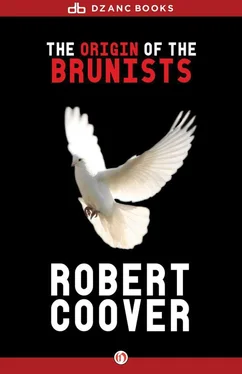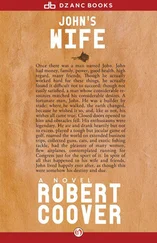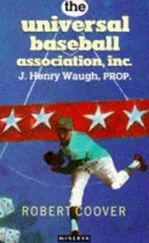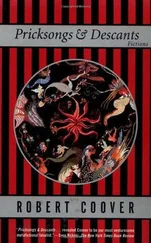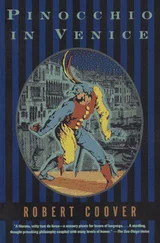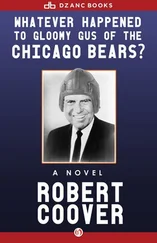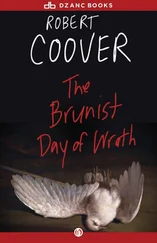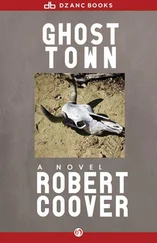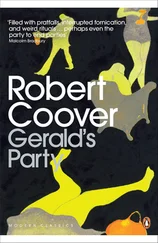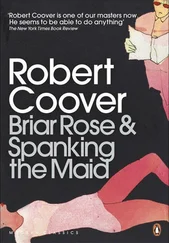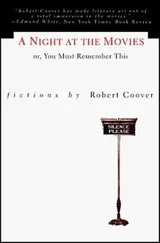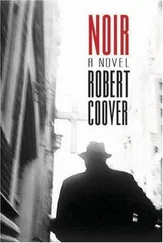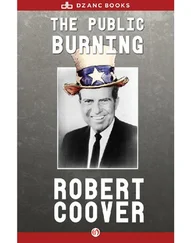“There are six things which the Lord hates, seven which are an abomination to him: haughty eyes, a lying tongue, and hands that shed innocent blood, a heart that devises wicked plans, feet that make haste to run to evil, a false witness who breathes out lies, and …”
The minister paused, gazed out upon the crowd, closed his Bible with a resounding snap.
“… and a man who sows discord among brothers!”
Solidarity was the theme, but it was not complete. Some abstained, others were effectively barred. The embarrassing fantasies of the coalminer Giovanni Bruno were flouted, but no less so were “opportunism” and “extreme and fanatical fundamentalism.” Neither the Chronicle editor nor any loyal Nazarene follower of Reverend Abner Baxter could fail to recognize he was not exactly welcome. A famous proverb became the Committee’s unofficial motto, and no one doubted which West Condoners were therein being rebuked….
A worthless man plots evil, and his speech is like a scorching fire; a perverse man spreads strife, and a whisperer separates close friends; a man of violence entices his neighbor and leads him in a way that is not good!
The mayor and certain business leaders urged prudence and restraint, emphasizing the Committee’s potential for positive constructive activities, and set up a program of community renovation, which, hopefully, would establish a base of Christian fellowship and prosperity here that would make “these other sentiments” seem silly and inconsequential. The Ministerial Association together with the Roman Catholic Church issued a joint resolution on the first day of April calling all citizens to join them in a renewal of basic Christian faith and to make this Easter season an occasion for recovering those values and aspirations that had made this nation great and brought justifiable honor to it. It all made sense, good old-fashioned American common sense, and the townsfolk of West Condon went for it, few doubting the while that things would be so dull as the mayor and the business leaders seemed to think. Subcommittees were set up, plans made, responsibilities given.
Meanwhile, attacked on one side by the violent powers of darkness, reviled on the other by a thickening mass of ignorance and prejudice, and even, as some feared, threatened from within by subversive or weakhearted elements, the followers of Giovanni Bruno decided it was time, as the former coalminer Ben Wosznik put it, to brattice themselves off, to retire entirely from public view. “When something goes off,” he said, “your first impulse is to beat it for the nearest exit. But you can’t tell from where you are just where it happened, and you may end up running right into the middle of the worst of it. It’s almost usually better to find you a safe place, wall it up, and wait there.” Domiron concurred:
Imitate the prophet!
They determined to avoid all conflict, to vary and keep secret the time and place of their meetings, to seek for the moment no new members, and to prepare quietly, each in his own way, for the personal test that awaited them all on the nineteenth of April.
“Those who are ready will come without our seeking them,” Eleanor Norton told them all, and they were quick to agree. “Let us only be certain to be prepared for them.”
The lawyer Ralph Himebaugh introduced hand signals and special tunics to go with the White Bird password and, with Mrs. Norton and Mrs. Collins, redesigned the altar and developed a meeting format. His new tunics, which the women made and which they all wore at their gatherings now, were white (the White Bird, the Coming of Light) with brown (Bruno) ropes at the waist, and, embroidered in brown on the breast, a large circle (Evening Circle, a Circle of Evenings) enclosing a miner’s pick, stylized to resemble a cross. The dimensions of this pick/cross were numerologically determined: seven units each for the arms and head, twelve units for the post or handle, totaling thirty-three, the life in years of Christ, not to mention an entire history of secondary meanings derived from important ancient writings. A banner was designed with the same emblem as the robes with the addition of a white bird flying above the embroidered cross and circle.
And there was given them to each one a white robe; and it was said unto them, that they should rest yet for a little time…
Mr. Himebaugh also designed a secret cross, utilizing the new secret name suggested to the group by their scribe and secretary Mr. Justin Miller, the “Brunists,” in which the T of the name was the cross itself, with BRUNI across the top of the crossarm and an S on each side of the post under the arm. The U , being the middle letter of the five on top, had the effect by enlargement of turning the cross or T into a trident, suggesting the Trinity and other significant trichotomies, as well as the horns of the Ram, with BR to the left and NI to the right. Giving these letters their alphabet value in numbers, the number of the cross itself became 20; across the top, the numbers read 2—18–21—14—9, with two 19’s below, on each side of the cross. The U’s number of 21 on top and in the middle was identified not only as three sevens, with all that meant, but also as 21 March, the first day of the sign of rebirth and the night Mrs. Collins’ house burned, marking mystically the commencement of this their final trial; similarly, the 19’s, repeated as though for emphasis, were quickly accepted as heralds of the 19th of April, the last day of the sign of Aries and the night the end of the world—“the ultimate transformation”—would come. Mrs. Collins, it was true, still clung to the notion this could happen, as her husband’s note implied, on the 8th of April, but even she was admittedly prepared to accept Mrs. Norton’s date fully if nothing did happen on the 8th. The most important number, of course, was the initial 2, which symbolized everything from the cosmic combat between the sons of light and the powers of darkness, to the two figureheads of the movement, Ely Collins and Giovanni Bruno. The number 18 was generally accepted as representing the first month and the eighth day, the day of the mine disaster, but some, including Mrs. Wilson Hall, feared it omened a significant event for 18 April. The 14 and 9 of N and I also possessed a hierarchy of meanings, but the approved ones were those originally proposed by Mr. Himebaugh: the 14 stood for the number of weeks between Bruno’s rescue and the end of the world (a “week of Sundays” plus a “circle of evenings”), while the 9 represented the number of the coalmine, and thus the Mount of Redemption where they would gather for the end. But Mr. Himebaugh also added and subtracted all these numbers, introduced 7 in different and intriguing ways, gave the letters Greek and Hebrew alphabet values, superimposed elements on his own graphs and vice versa, and even integrated the birthdates of each of the members for personal interpretations. With so much to learn, there was little time left for making foolish quixotic charges upon the hostile and ultimately damned world, and in their prayers they asked only for the peace which would permit them to remain together unto the end.
And then, on the evening of Palm Sunday, the fifth of April, a surprising message was received from Domiron in the presence of all members:
Heark ye to the message from the tomb! Light comes upon the eighth! Let no evil heart block its passage! Domiron bids you!
All were stunned. Mrs. Norton, as though in disbelief, looked up from what her hand had written at Mrs. Collins. Mrs. Collins turned pale. Mrs. Wilson began to tremble. “Oh, Clara!” she wept. “That’s just three days!” said Carl Dean Palmers. “Friends,” said Mrs. Collins, standing tall now in her white tunic: “Prepare!”
Читать дальше
